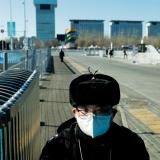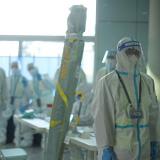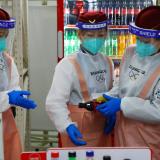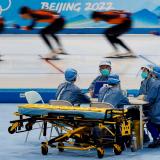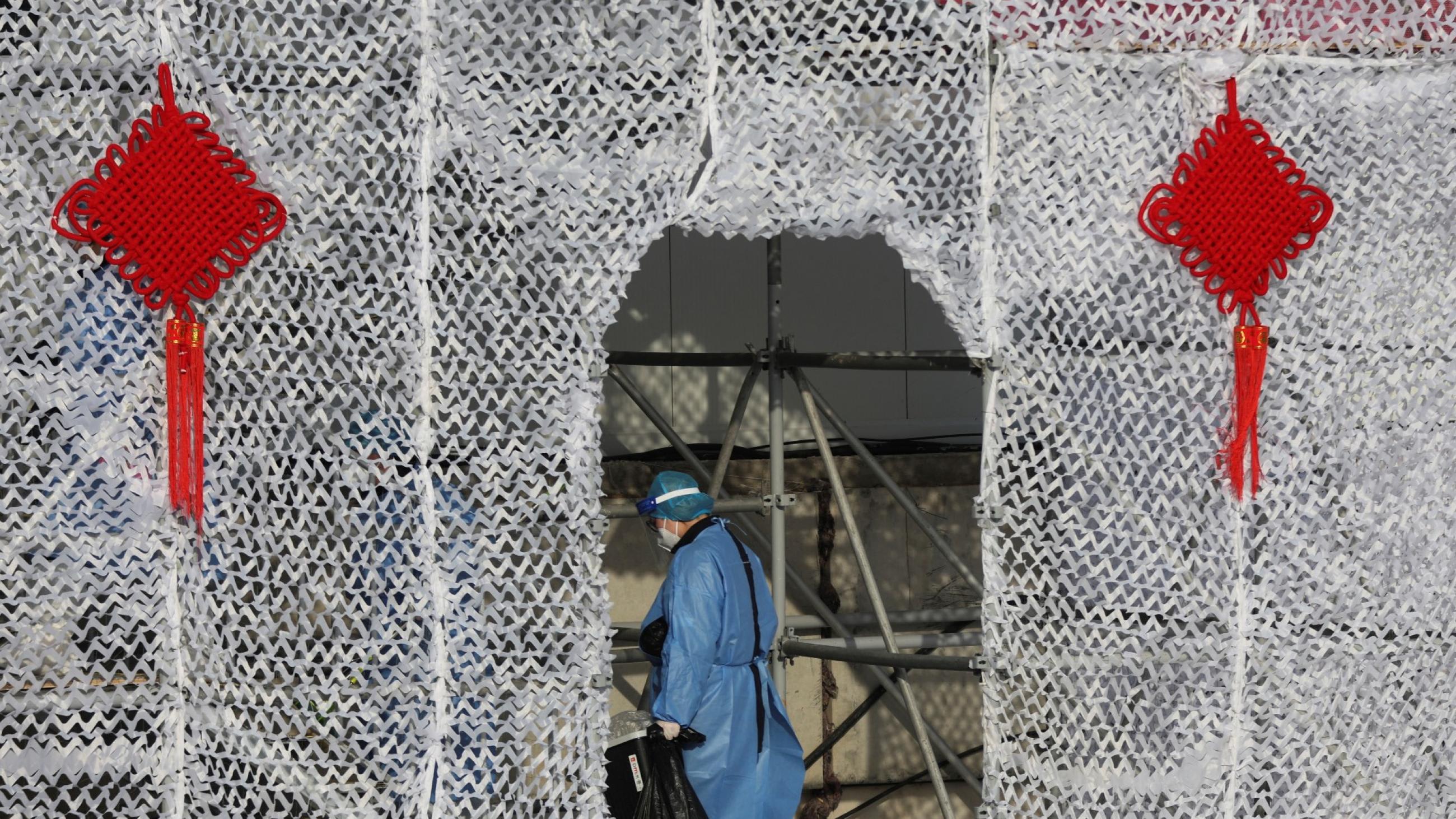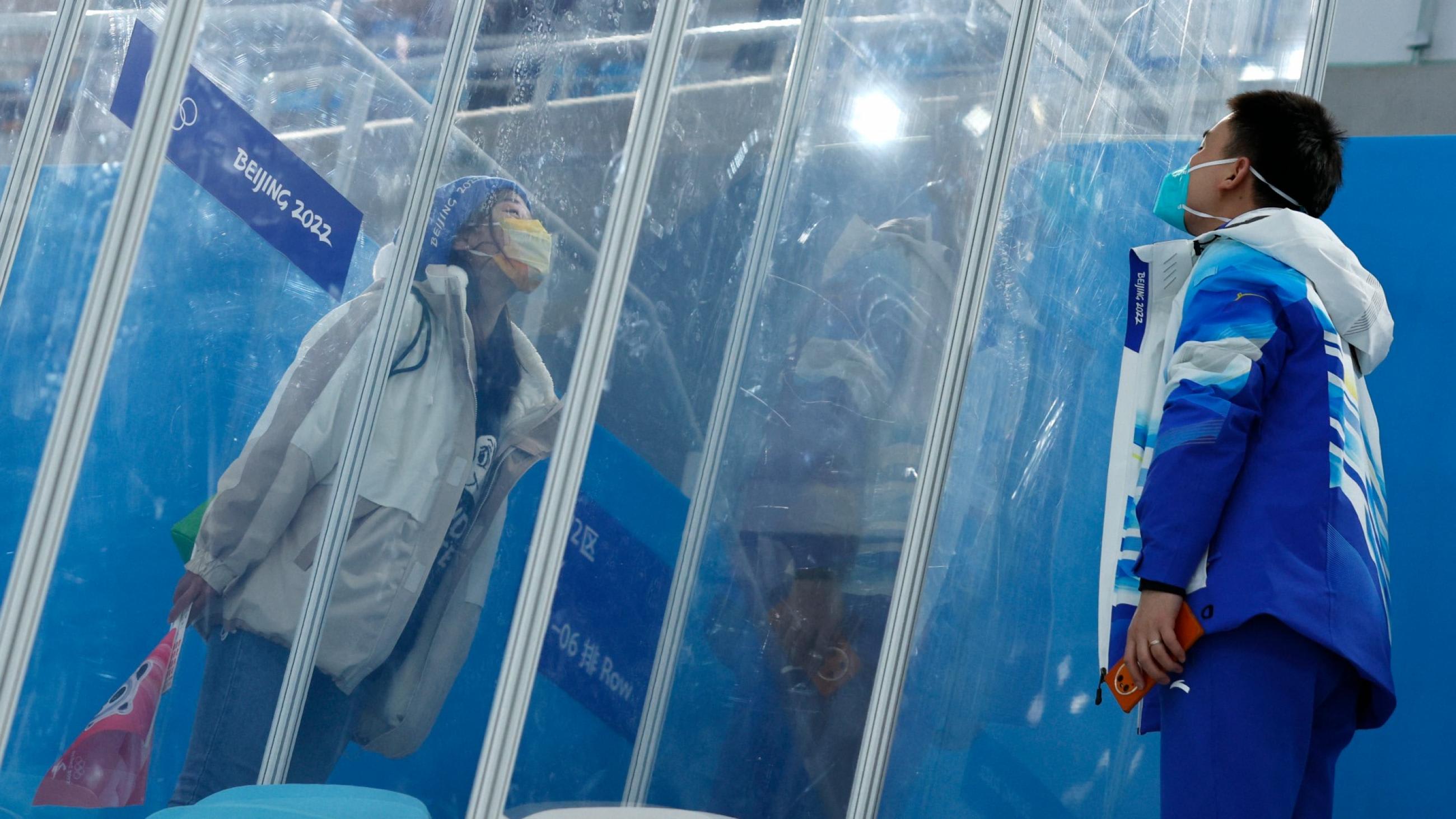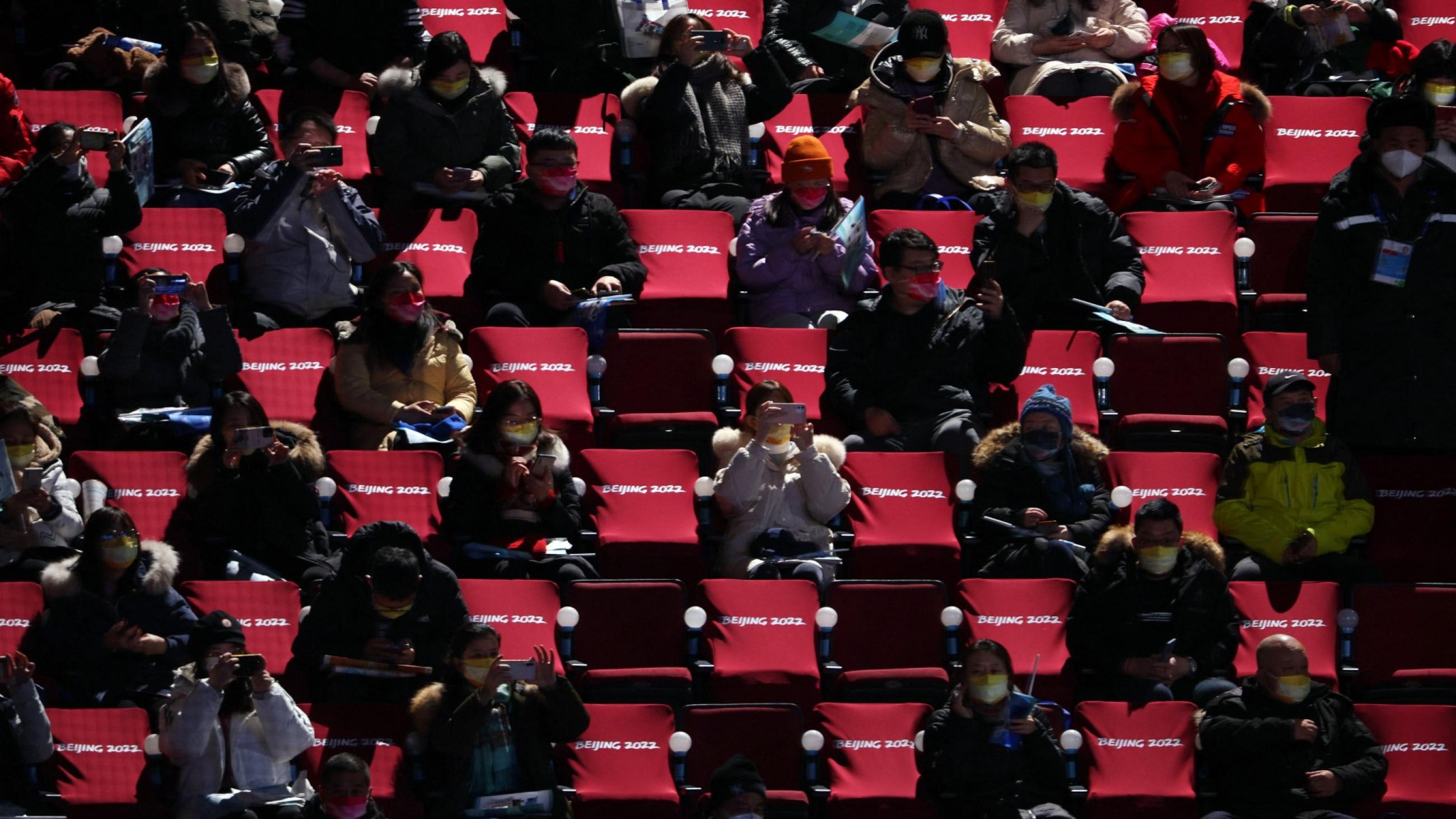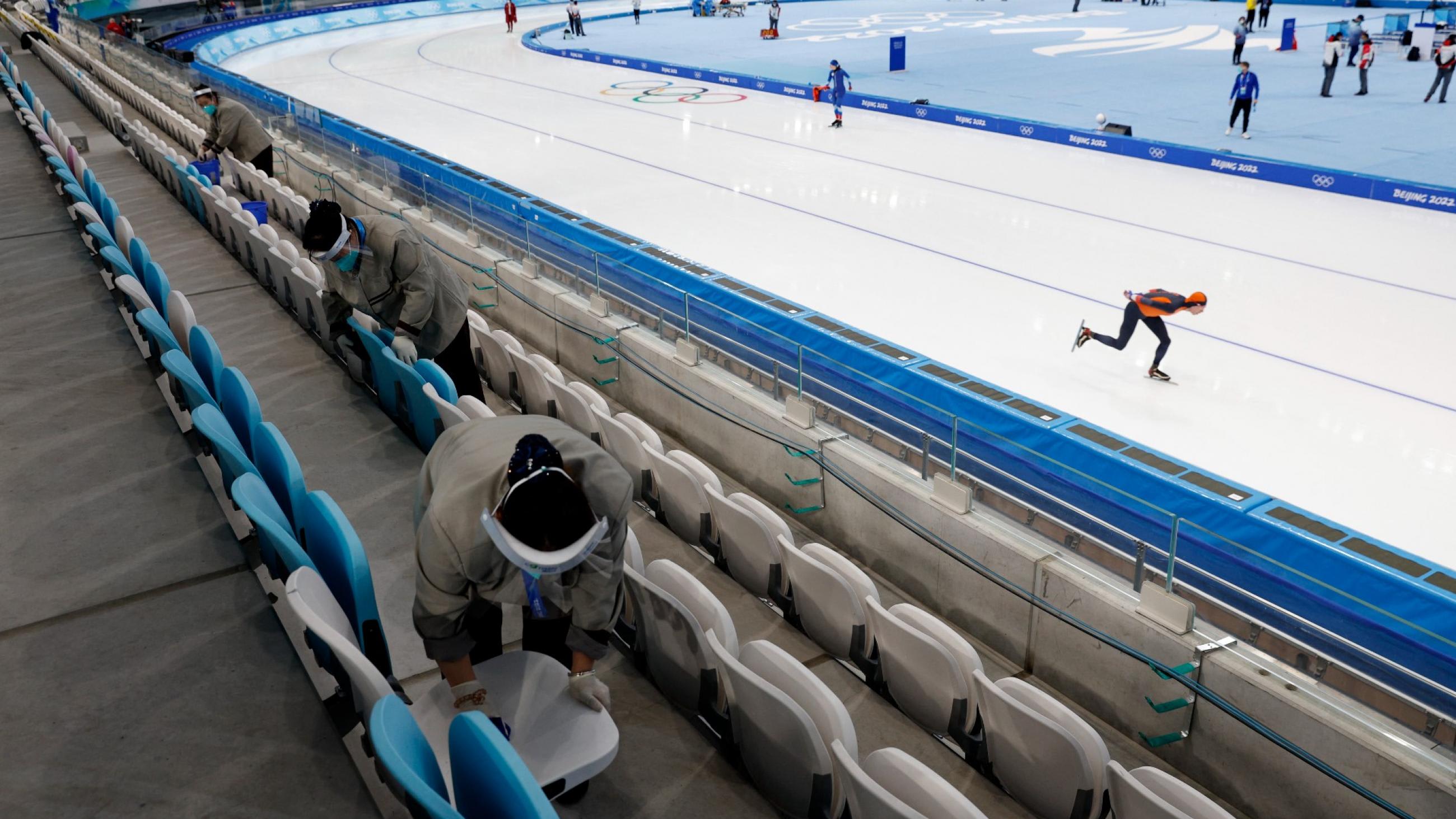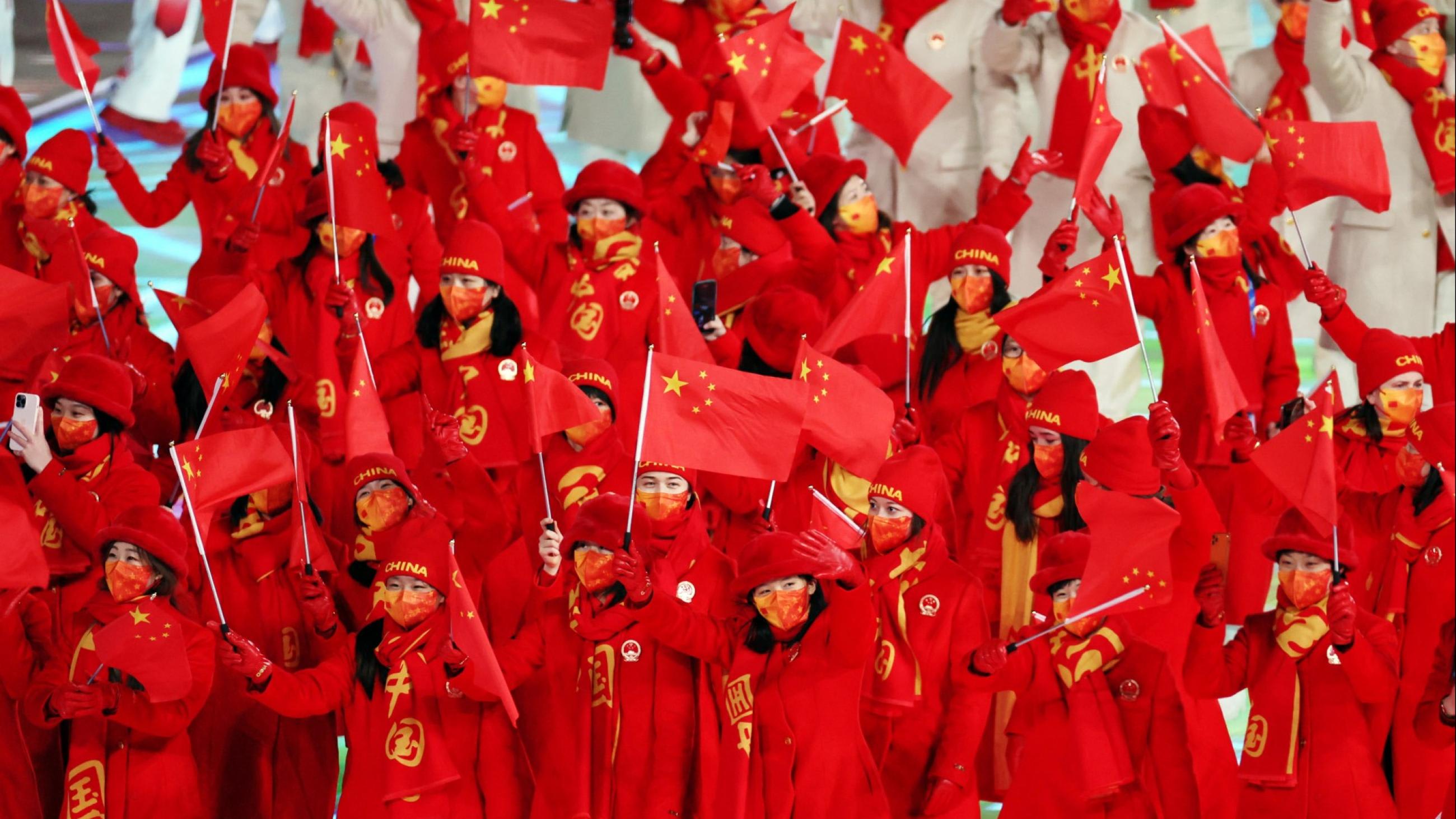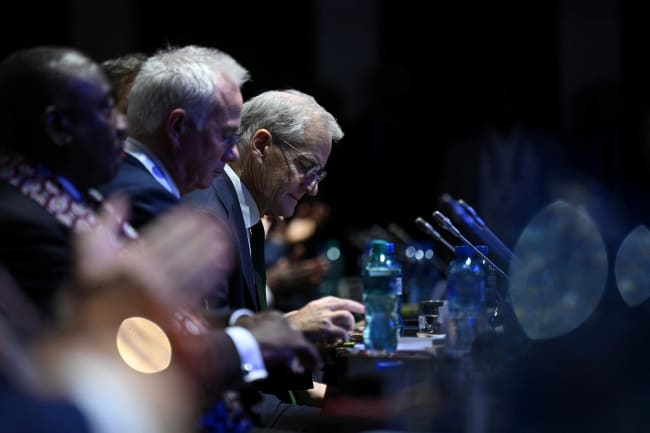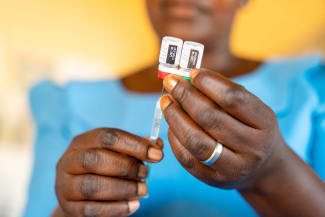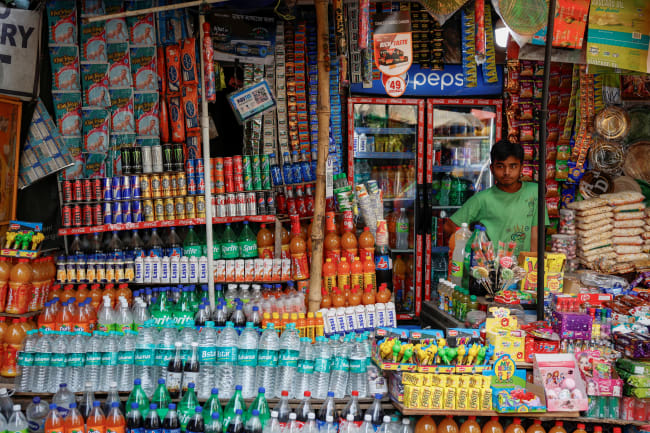In 2008, Beijing welcomed the international community to a Summer Olympics that many, including people in China, saw as a landmark event in China's opening to the world and integration into the global system. Fourteen years later—on February 4—the Olympic torch was lit once again in Beijing, this time marking the start of the Winter Games. However, China's attitude is no longer one of openness, and a serious tone has rippled across the 2022 Winter Olympics.
Though China was the first country to experience the COVID-19 pandemic, within four months, it effectively halted domestic spread of the novel coronavirus in April 2020. Since then, China has maintained a relatively COVID-free society through strict border closures, mass testing, high-tech monitoring, and harsh lockdowns, allowing most Chinese citizens to live a "zero COVID" life. The approach has been so successful that Chinese President Xi Jinping has staked much of his political legitimacy on the government's ability to maintain this zero COVID stasis as long as it is needed. However, the global spread of the highly infectious omicron variant and the concurrent arrival of 30,000 athletes from outside of the country, coaches, foreign media, and other event participants for the Winter Games poses perhaps the greatest threat to China's strategy yet.
Fearful of experiencing the record-breaking COVID surge that plagued Japan during the Tokyo 2020 Summer Olympics—which the International Olympic Committee has stated was unrelated to the Games—Beijing has imposed even more stringent COVID control measures, creating what it calls a "closed loop" ecosystem. Some journalists in attendance have likened the health protocols to "dystopian fiction," while China has said the measures are necessary for a "streamlined, safe, and splendid" Games.
Our slideshow peels back the curtain on what it takes to maintain a zero-COVID Olympics for athletes, participants, media, and staff.
